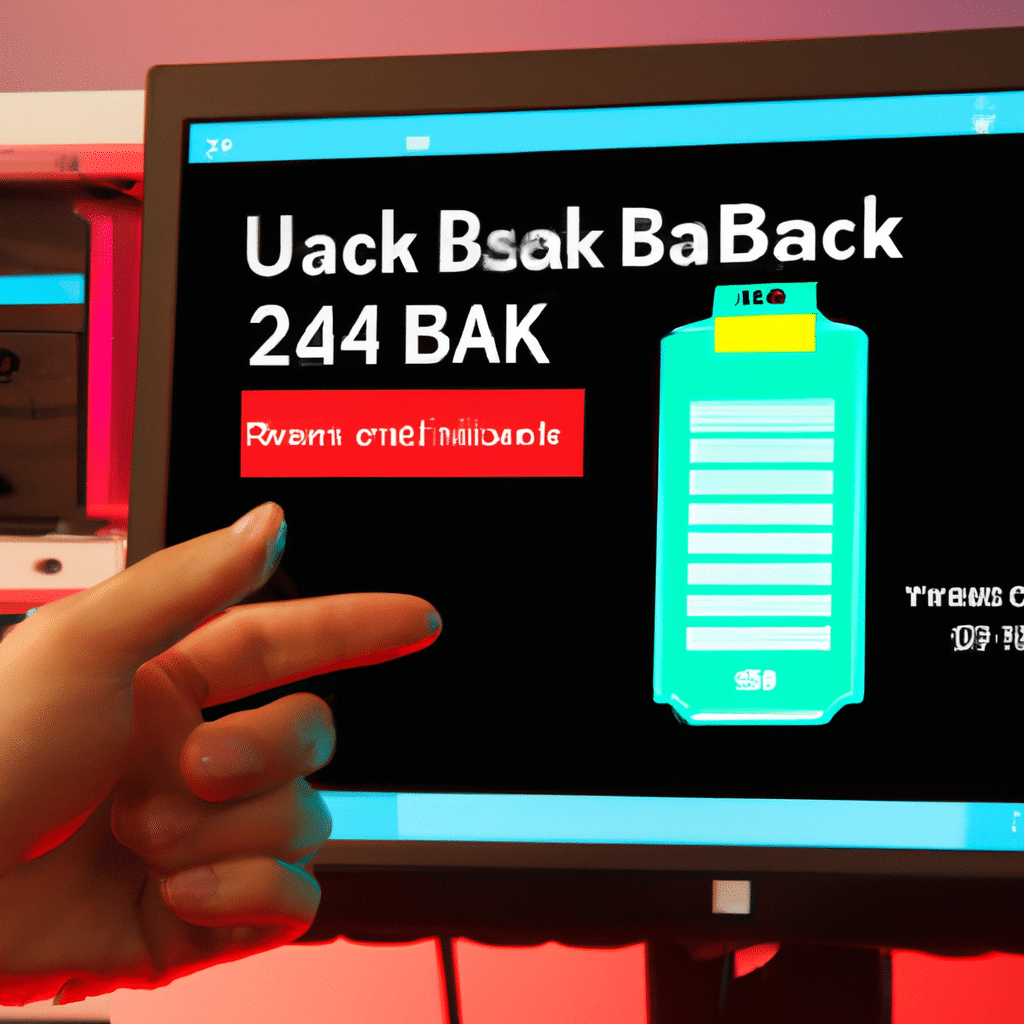As businesses and individuals increasingly rely on digital data for everyday operations, data backup and disaster recovery (BDR) have become essential. Data loss can occur due to various reasons such as hardware failure, cyberattacks, natural disasters, or human error, and the consequences can be devastating. Therefore, it’s critical to have a reliable BDR plan in place to ensure the safekeeping of your data.

In this article, we’ll discuss what BDR is, why it is important, and how you can implement it to safeguard your data.
What is Backup and Disaster Recovery (BDR)?
Backup and Disaster Recovery (BDR) is a comprehensive approach to protecting your data in the event of a disaster. It involves creating backups of your data and storing them in a secure location. In case of data loss, you can restore the data from the backup to get your business operations back on track.
BDR solutions typically involve a combination of hardware, software, and processes that work together to create and maintain backups of your data. The backups are usually stored on external hard drives, cloud storage, or network-attached storage (NAS) devices.
Why is BDR Important?
Data loss can happen to anyone, and it can be caused by a variety of factors. Hardware failure, cyberattacks, natural disasters, and human error are just a few examples. Unfortunately, data loss can have serious consequences for businesses and individuals. It can result in financial loss, legal liability, and damage to reputation.
Having a BDR plan in place can help you avoid these consequences. It ensures that you have a secure copy of your data that you can restore in case of data loss. With a BDR plan, you can quickly recover your data and get your business operations back on track.
How to Implement a BDR Plan
Implementing a BDR plan involves several steps. Here are the key steps:
Step 1: Assess your Data Backup and Recovery Needs
The first step in implementing a BDR plan is to assess your data backup and recovery needs. You should identify the critical data that needs to be backed up, the frequency of backups, and the recovery time objectives (RTOs) and recovery point objectives (RPOs).
Step 2: Choose a BDR Solution
Once you have assessed your backup and recovery needs, you can choose a BDR solution that meets those needs. There are several BDR solutions available in the market, ranging from simple backup software to comprehensive BDR appliances.
Step 3: Configure the BDR Solution
After choosing a BDR solution, you need to configure it to meet your backup and recovery needs. This includes selecting the backup destination, setting up backup schedules, and configuring retention policies.
Step 4: Test the BDR Plan
Testing your BDR plan is critical to ensuring that it works as expected. You should conduct regular tests to verify that your backups are successful and that you can restore your data in case of data loss.
Step 5: Monitor and Maintain the BDR Plan
Finally, you need to monitor and maintain your BDR plan to ensure that it continues to meet your backup and recovery needs. This includes monitoring backup schedules, verifying backup success, and updating the plan as needed.
Conclusion
Data backup and disaster recovery are crucial for any business or individual that relies on digital data. With the increasing threats of data loss, it’s essential to have a reliable BDR plan in place. By following the steps outlined in this article, you can implement a BDR plan that meets your backup and recovery needs. Remember, data loss can happen to anyone, so it’s better to be prepared than to suffer the consequences.












